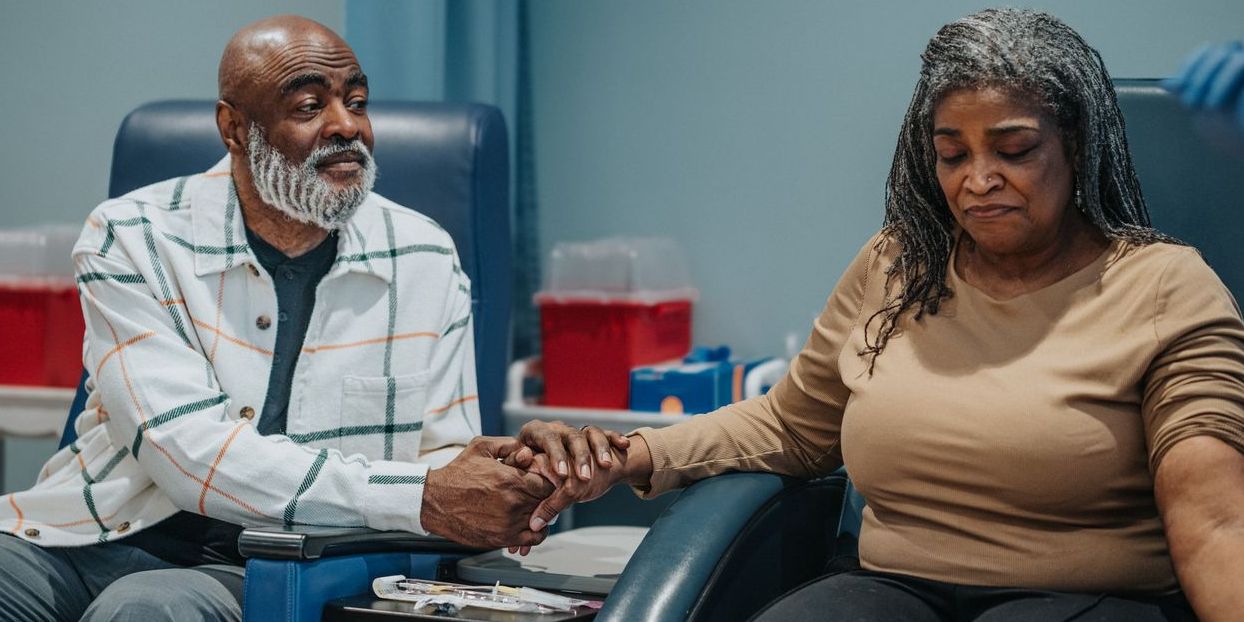THURSDAY, Sept. 26, 2024 (HealthDay News) — Patients with primary thyroid cancer who receive radioactive iodine therapy have an elevated risk for melanoma and other nonkeratinocyte skin cancers when limiting the cancer site to the head and neck, according to a study published online Sept. 19 in JAMA Network Open.
Shawheen J. Rezaei, from the Stanford University School of Medicine in California, and colleagues characterized the risk for subsequent melanoma and other nonkeratinocyte skin cancers in patients with primary thyroid malignant neoplasms. Standardized incidence ratios (SIRs) were calculated to estimate the risk for subsequent cancer development.
The researchers found that 45.5 percent of the 174,916 patients with primary thyroid cancer diagnosed from 2000 to 2019 had first-course treatment of some form of radiation. Following thyroid cancer, 865 nonkeratinocyte skin cancers (790 melanoma) were diagnosed; 19.8 percent were located on the skin of the head or neck. When limiting the cancer site to the head and neck skin, the SIRs were higher than expected for all nonkeratinocyte skin cancers (SIR, 1.64), melanoma (SIR, 1.56), and other nonkeratinocyte skin cancers (SIR, 2.07) following thyroid cancer treated with radioactive iodine. Patients who did not receive radioactive iodine therapy did not have an elevated risk for head and neck skin cancer. If the primary thyroid cancer treated with any type of radiation was the papillary subtype, the SIR was statistically significant (SIR, 1.69), but this finding was not seen for other thyroid cancer subtypes.
“Although the risks of subsequent cancer do not outweigh the benefits of treatment, our findings suggest that patients treated for thyroid cancer may benefit from follow-up skin cancer screening,” the authors write.
Copyright © 2024 HealthDay. All rights reserved.















Create Post
Twitter/X Preview
Logout